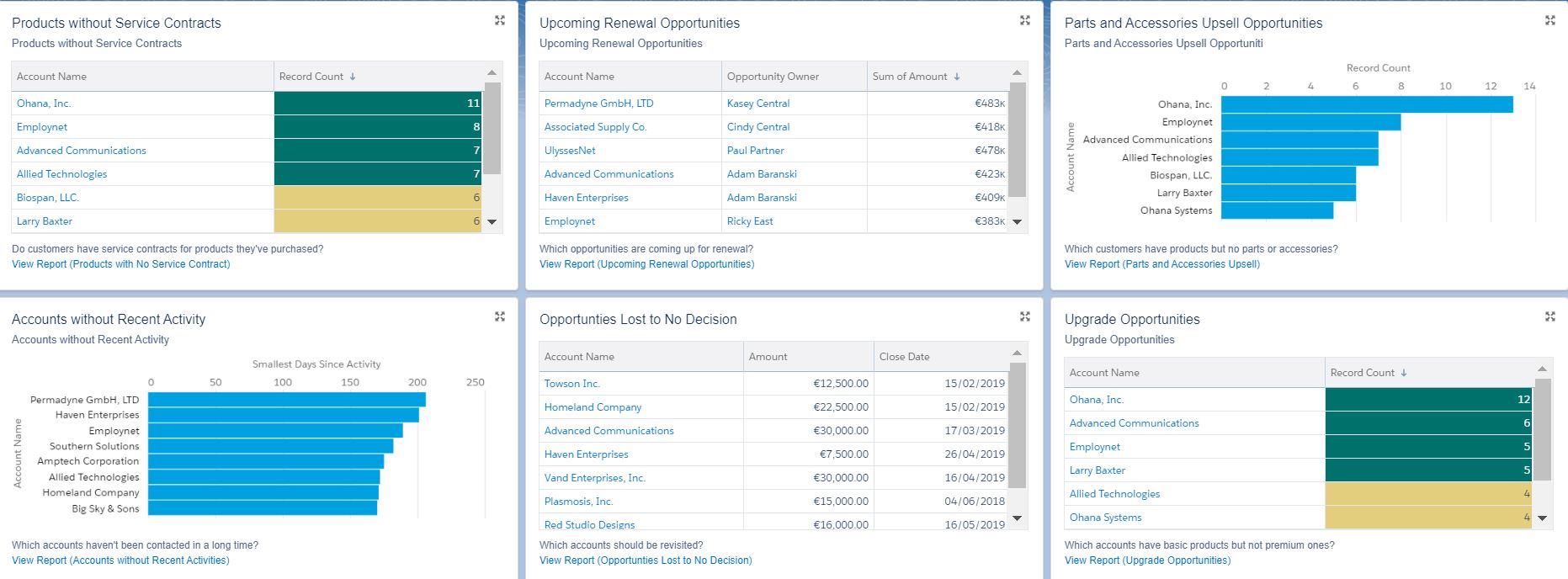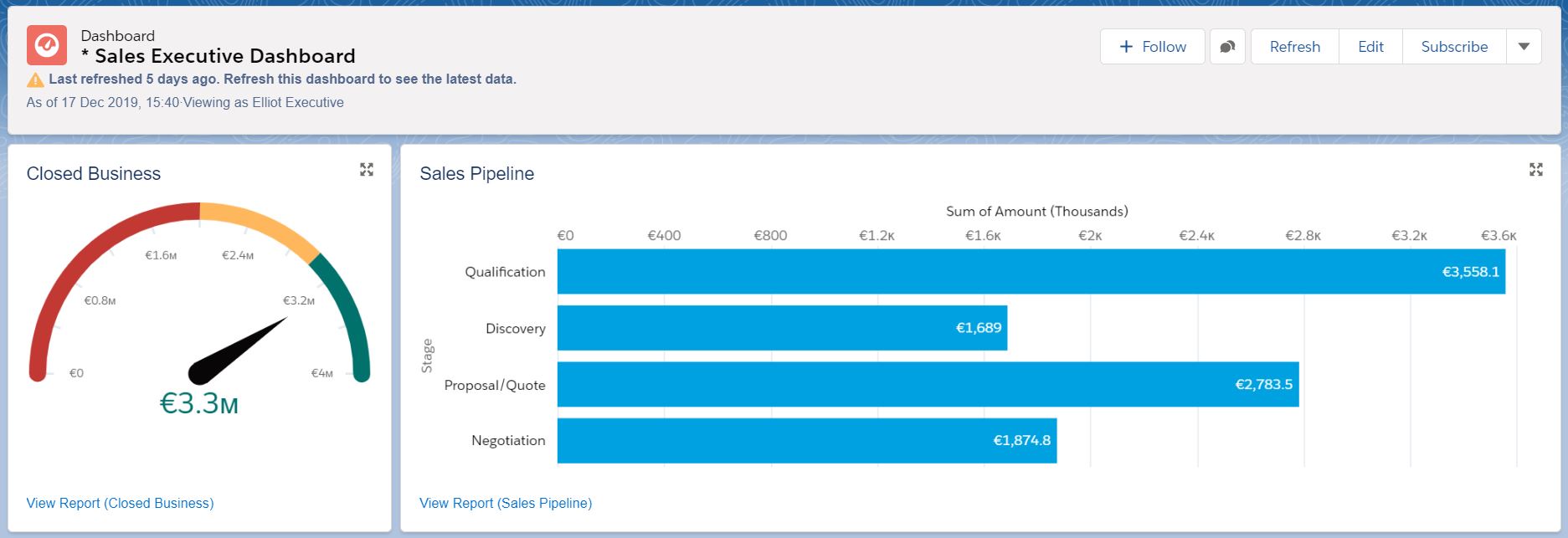A as Apex
For many Salesforce developers, an adventure with this technology starts with typing “Apex” into a search engine. This curiosity is completely justified because it is one of the tools the developers are about to work with. From the search results, they can find out that Apex is a programming language similar to Java. If they are familiar with Java, it is a good first step to be friends with Salesforce and Apex.
Apex is a proprietary, object-oriented programming language provided by the Salesforce Platform. Parker Harris, the Salesforce co-founder, is the creator of this language. Apex was first implemented in 2007 and, since then, it has been continuously improved. If you want to find out more about Apex, especially its compiler, read the following article on our blog – History of Apex language compiler.
B as base – database
Salesforce doesn’t exist without the database. For the record: it exists but there is not much use of it. If you asked Salesforce users without which element of this technology they couldn’t imagine their everyday work, many would indicate the database in the first place.
An association comes to my mind that is far from IT but you can agree that it is not so much off the wall. Salesforce to data is what wardrobe is for clothes. At home, you can have a very functional and perfectly designed wardrobe but if you have nothing to put in that wardrobe, what use do you have of it?
Similar to Salesforce: the data just supplies the system based on this technology. The system, its architecture, and processes stitched in this architecture allow to develop and manage the database. In this way, the CRM system, in our case, developed in Salesforce, becomes the heart of the company and represents some kind of the command center. And what does it mean in fact? Read the Customer 360-degree view in Salesforce Service Cloud article. What does this article have in common with the database? A lot – a 360-degree view is the visual representation of the information stored in the database.
C as cloud
The cloud is the essence of Salesforce. It’s enough to mention the Salesforce modules (applications): Sales Cloud, Marketing Cloud, Service Cloud. Implementing the Salesforce technology in an organization literally means to move it to the cloud (although the cloud itself, at a first glance, cannot be either taken so literally or be associated with something tangible 🙂 ).
But what does it mean that Salesforce runs in the cloud? What type of a cloud-based solution is it? The aforementioned Salesforce applications belong to a SaaS layer, that is, Software as a Service. They were developed on the AppCloud platform which belongs to a PaaS layer, that is, Platform as a Service. Sounds complicated? Just the opposite. For the organization that chooses Salesforce as its technological partner, it means that it can carry out digital transformation based on a single platform – the Salesforce Platform. It can both develop its own products and expand Salesforce solutions independently – all of it is done without additional integrations.

Figure 1 – Sales dashboard

Figure 2 – Sales Executive dashboard
D as dashboard
Reports – for some it is a piece of cake, for others, it is a burdensome obligation. If you identify yourself with the latter, Salesforce will be your salvation. In Salesforce, reports… are made by themselves, of course, providing that the data is in the system, in other words, the foundation of each reporting process. The data, however, does not come down just to the system. In this matter, all is in your hands. But if you make sure to update it regularly, Salesforce will take care of its visualization and present it in the form of dashboards.
The dashboard is a kind of a visual display, and more specifically, the collection of reports visible in one window. Hence the name management dashboard, even though the use of this tool is not reserved just for managers. The dashboard is far more than just a set of tables filled in with single-spaced data. It is the graphic representation that is clear and eye-catching. Importantly, the dashboard shows not only raw data but also serves as an indicator of trends and forecasts. It is a very intuitive tool that you can produce with just a few clicks. You can read more about dashboards in this article Dashboards in Salesforce – how to use their potential?
E as Excel
What does Excel have in common with Salesforce? Seemingly nothing, but sometimes everything starts from Excel. Everything, that is, the implementation of a new CRM system in an organization, for example, based on Salesforce technology. The change often starts from a great number of Excel files, notepads, and other solutions in which the data is stored. The access to this data – due to its dispersion or privacy – becomes more and more burdensome and makes work more difficult.
A messy database turns out to be an impulse for a change, so it is worth looking at systems and databases with which the company parts ways a bit more favorably. Besides, this parting does not have to be literal – it is often a common practice to integrate existing solutions with Salesforce (then, the solution developed on Salesforce becomes a primary one and stores a so-called Golden Customer Record). And even if the integration is not needed, still the data from the systems in use have to be transferred (migrated) to a new one. With Salesforce all of this is possible.
F as frontend framework
Lightning Web Component (LWC) is the Salesforce frontend framework. To understand the nature of LWC, we need to begin from L, in other words, we need to explain what Lightning in Salesforce is. Lightning is a graphical user interface (GUI). Its role, similarly to any GUI, is to customize the application view according to the user’s needs so the use of the tool is more convenient and, as a result, more efficient. Lightning makes it possible to regularly customize the system to the changing needs of the business and develop it with additional features. The Lightning Web Component framework facilitates the implementation of these customizations.
To sum up the benefits of using LWC in as few words as possible, the following sentence would be enough: in LWC, you could do more on your own, in other words, without the help of the backend. If you want to find out more about how to discover plenty of possibilities of this framework, we have a good source of knowledge for you, that is, our blog. We have written about LWC many times, for a start, we can recommend this article – Salesforce Lightning Web Component.
G as Gartner
When writing about Salesforce, we can’t miss Gartner. Both terms often appear together in one context. Gartner is a research and consulting company specializing in new technologies. One of Gartner’s hallmarks are periodic reports, especially one of them – Gartner Magic Quadrant. It’s a series of market research reports presenting the selected market with its development and companies that operate in it. Salesforce is regularly pointed as the leader in many Gartner’s reports and continuously establishes its position.

Magic Quadrant for the CRM Customer Engagement Center
Gartner doesn’t focus only on one company, the purpose of the reports is also to present other companies from a given field, having a similar potential, including their pros and cons. Thus Gartner’s reports are primarily the source of information for those who look for technological partners.
You can download the latest Gartner Magic Quadrant here.
H as Heroku
Heroku is a PaaS (Platform as a Service) cloud tool for hosting and running web applications. Speaking like developers, thanks to Heroku, you can make a speedy deployment – the platform uses containers that facilitate scaling an application. Why does Heroku appear in the context of Salesforce? Because Heroku and Salesforce are one family – the Salesforce family (Heroku has been part of Salesforce since 2010). What does it mean? Among other things, it means that it is a short step from designing an application using Salesforce to running it on Heroku – everything takes place in the family.
The next part of the Salesforce encyclopedia is coming soon. Maybe you can come up with ideas for other entries? Write to us.
- Expert in the Marketing Team
-
She has always been associated with the written word – as a journalist and editor in press publications. A copywriter in the new technologies industry for several years. When she does not write, she loves to talk and meet people. In love with electronic music.

